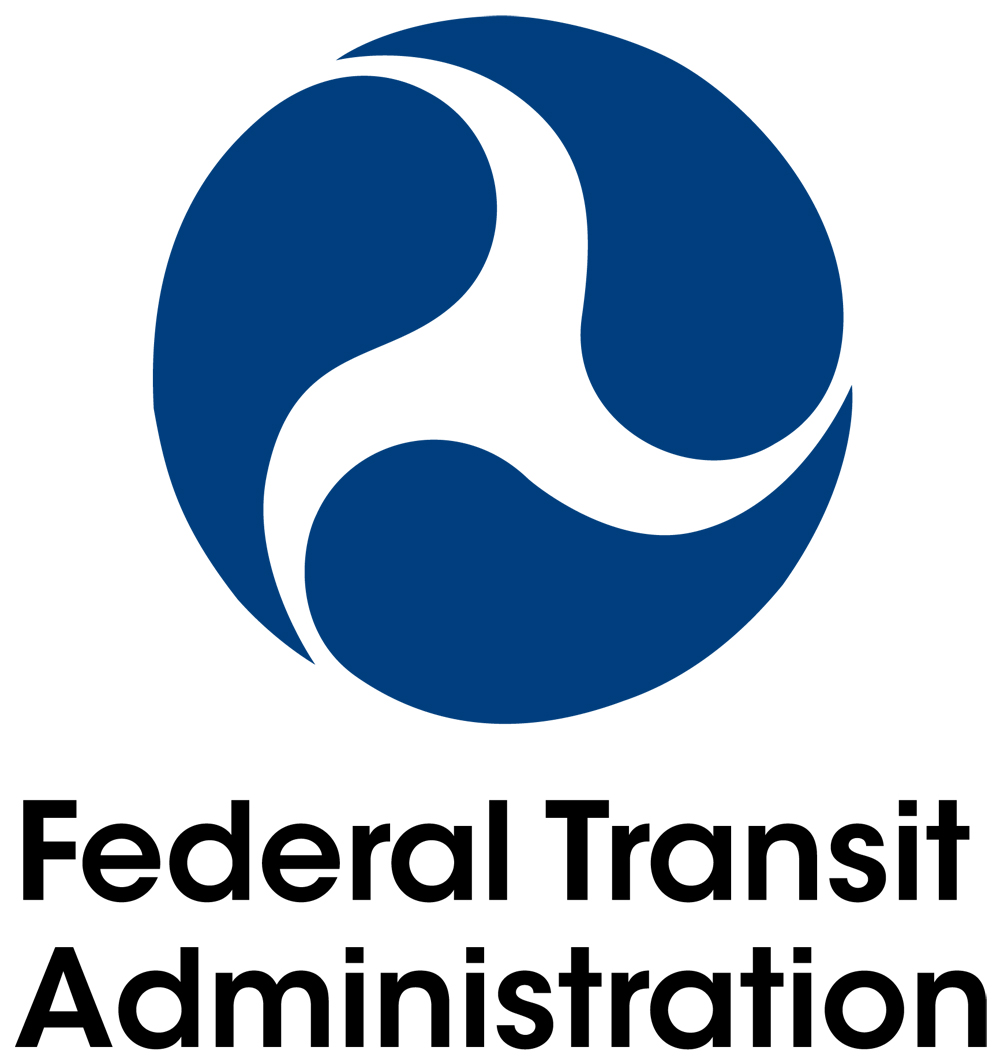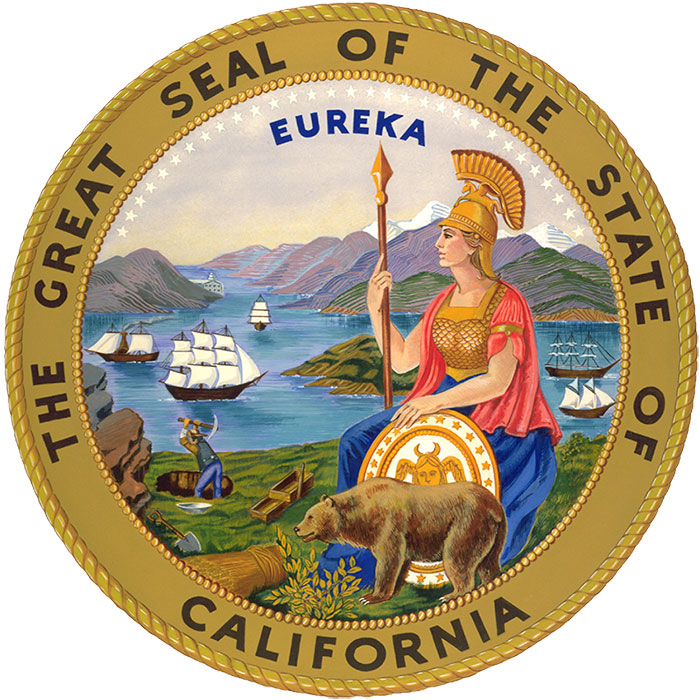WASHINGTON – The U.S. Department of Transportation’s Federal Transit Administration has awarded $300 million in federal funding allocations to three rail transit projects in Arizona, California, and Washington. Funding is provided through FTA’s Capital Investment Grants Program.
FTA is allocating $100 million in appropriated Fiscal Year 2019 funding for each of the following projects: The South Central Light Rail Extension in Phoenix, the Westside Subway Section 3 Project in Los Angeles, and the Federal Way Light Rail Project in Seattle.
“These federal grants to Arizona, California and Washington will improve mobility and the quality of life for those who depend on public transit every day,” says U.S. Transportation Secretary Elaine L. Chao.
With this announcement, FTA has advanced funding for 25 such projects throughout the nation under this administration since Jan. 20, 2017, totaling about $7.63 billion.
“FTA continues to evaluate and advance eligible projects in the CIG program consistent with Federal law,” says Acting Administrator K. Jane Williams. “We are pleased to allocate funding to these projects that will improve communities in Arizona, California, and Washington.”
The CIG Program provides funding for major transit infrastructure capital investments nationwide. Projects accepted into the program must go through a multi-year, multi-step process according to requirements in law to be eligible for consideration to receive program funds.
The Valley Metro South Central Light Rail Extension will connect to the light rail system in downtown Phoenix and travel south to Baseline Road. With nine new stations and art elements, the 5.5-mile expansion links South Phoenix to other areas of the Valley. The project includes a transit hub in downtown Phoenix, which supports improved access to education, entertainment and employment centers around the Valley. Valley Metro is collaborating with 18 artists to design art installations throughout the extension. Construction activities begin in 2019.
The Los Angeles Westside Subway Section 3 Project, also known as the Purple Line Extension, is a 2.6-mile extension from the future Century City station to the Westwood/Veterans Hospital area, and includes two stations. Section Three has already begun some construction activities, which includes utility relocation work and preconstruction activities. Both the second and third project sections are being built by Tutor Perini O&G, a Joint Venture. The entire 9-mile line is on track to open by 2027, in time for the 2028 L.A. Olympic and Paralympic Games in Los Angeles.
“The Purple Line Extension will be a game changer for L.A. County, bringing fast, frequent subway service to connect our region’s two biggest population centers,” says Metro CEO Phillip A. Washington.
In Seattle, the Federal Way Light Rail Project is a 7.8-mile light rail extension from the Angle Lake station through the cities of SeaTac, Des Moines, Kent, and Federal Way, and includes three stations in Kent/Des Moines, at South 272nd Street and at the Federal Way Transit Center. Demolition and utility relocation work is scheduled to begin this fall, with major construction activities beginning in 2020.
“This $100 million allocation for extending light rail to Federal Way represents a significant milestone in the path to securing the $790 million Full Funding Grant Agreement for the project this calendar year. I want to thank Secretary Chao and Acting Administrator Williams for their continued support of expanding transit options here in the Puget Sound,” says Sound Transit CEO Peter Rogoff. “A robust federal partnership on funding this critical project will grant thousands more commuters the ability to escape ever-worsening gridlock.”
All three awards are subject to final FTA approval of a construction grant agreement.















In addition to the question of the federal funding role in local transportation, well noted below, there is also an important question of how (and whether)the Federal Transit Administration (FTA) adequately considers “Cost-Effectiveness” in these local grant funding requests. “Cost Effectiveness” in local transit projects is often not really as great as portrayed by the project proponents and the FTA doesn’t seem to evaluate this important factor well. “Politics” is at play here too.
Yes indeed, why should someone purchasing gasoline for their car in Tampa, Florida or Tulsa, Oklahoma, be paying for (albeit in very small part) for a light-rail system in Honolulu, Hawaii or Seattle, Washington that is over its stated budget?
DOUG – I stand by my post on the Federal role.
You ask in your post, What would happen to the national economy if the New York subways shut down? Well, maybe New York ought to consider that possibility and come up with a contingency plan.
It’s the same for highways. The Federal gas tax should be reduced to only cover the cost of truly Insterstate highways. Then the states could be free to raise their gas taxes to take build and maintain their own state, county and local roads. On the basis of a balanced budget, not printing dollars by the trillions as the Federals do.
You ask, DOUG, what happens to the economy if the New York subways shut down. My response is, what happens to the economy when the bill comes due for the Federal government spending tens of trillions of dollars in fiat money. One big Ponzi scheme.
Best,
C. N. L.
JOHN – Let me clarify my (much) earlier post. I’m not against subsidy of transportation. I simply question the federal role.
Here’s the thing. Approximately 49 states require a balanced budget (plus or minus some creative accounting). The federals do not require a balanced budget. The federals can and do print money. Therefore every local need from a trolley line to a theater group to a city park, hit up the federals, if the federals don’t have the money the federals conjure it up out of thin air.
If the locals (state, county, city etc.) want to subsidize a transit line, then go ahead and do it. If it’s not interstate transportation it’s not a federal issue.
The Federal role is important when you consider how transit not only benefits the local economy, but the national economy as a whole. Imagine the national economic impact if NYC area transit shut down. Just saying.
It’s called public transportation. FTA provides grants to local public transit systems, including buses, subways, light rail, commuter rail, trolleys and ferries. Since 1964, FTA has partnered with state and local governments to create and enhance public transportation systems, investing more than $11 billion annually to support and expand public transit services. FTA provides annual formula grants to transit agencies nationwide as well as discretionary funding in competitive processes.
Are any of these projects interstate transportation? If not the Feds have no business granting money.
Federal transit grants are another colossal waste of tax payer dollars!
Hey Privara you are the lug nut. The cost of an F-35 is about 80 mil and given its capabilities and the fact that it should last until 2070 ain’t all that bad considering some of the other things the gov’t wastes money on. And when its in combat and saves even one American life, it is a genuine bargain.
Re: Are any of these projects interstate transportation? If not the Feds have no business granting money.
This is true only in a Libertarian fantasy land. In reality land, the government at all levels doles out loot to support their “constituency” (the people who purchase the politicians). It’s been that way since there’s been government.
Re: Federal transit grants are another colossal waste of tax payer dollars!
The government wouldn’t spend it if it wasn’t a waste. 300 M’s is barely an F35 lug-nut. But, aircraft scam artists and transit scam artists both need to eat (and BOTH purchase politicians).
Great news!